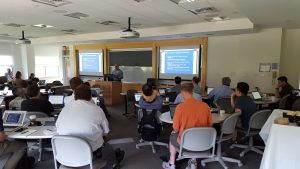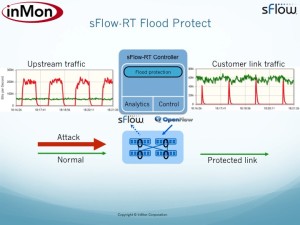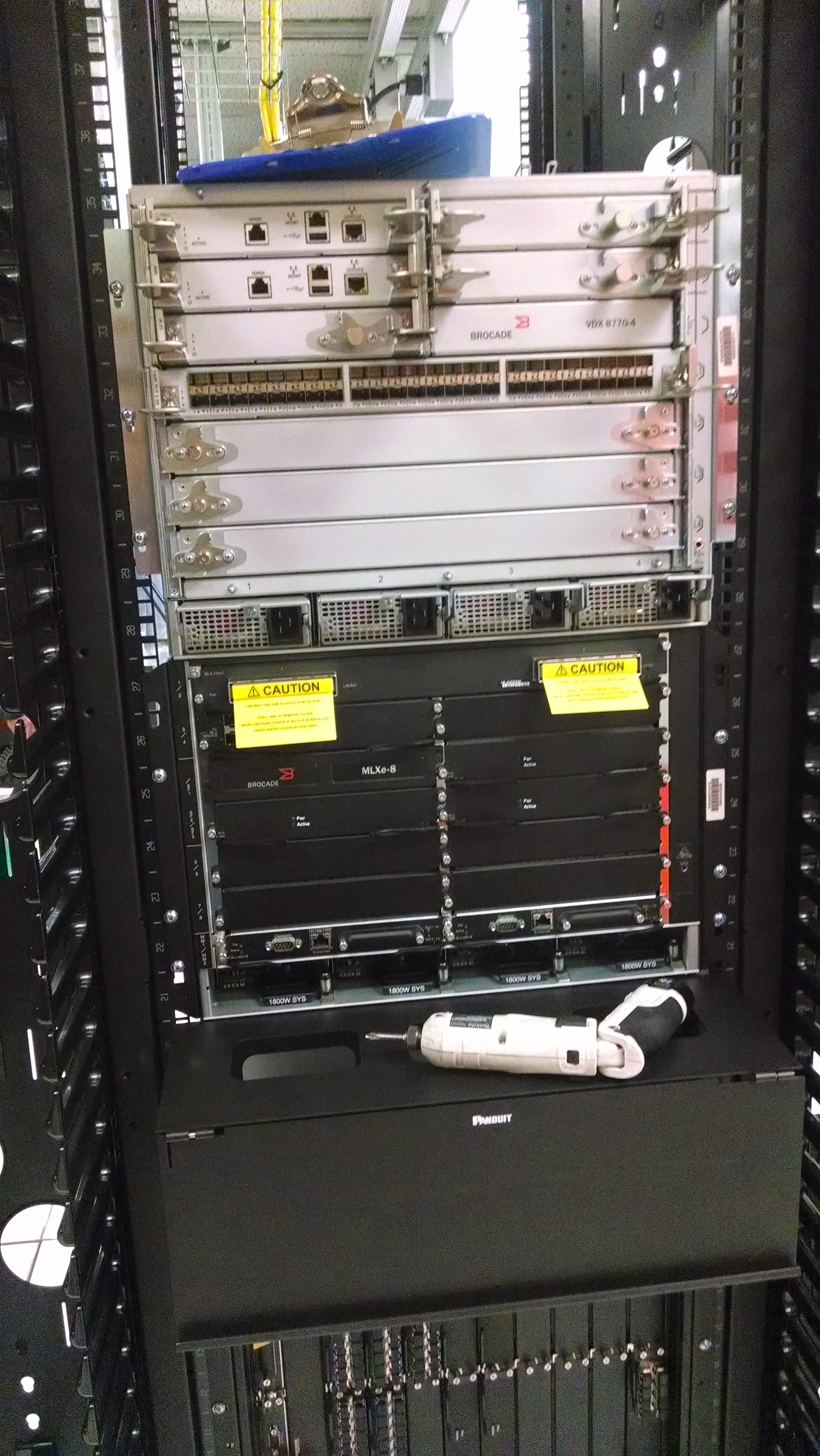On June 29, Vas Vasiliadis and Rachana Ananthakrishnan from the Globus team at the University of Chicago, joined us for a one-day workshop on the Globus Toolkit. Globus allows for fast transfers between data stores, data transfer nodes, and even personal computers. Globus has a useful graphical user interface (GUI) which enables “drag and drop” interfaces and identities based on the researchers’ home institution (e.g., the Penn State Access Account) and others in the Globus framework.
The workshop was a good combination of background, design, and hands-on exercises which allowed even a novice to get familiar with the Globus Web interface. In addition, Vas covered systems commands and security considerations which enable a properly licensed Globus site to set up Globus endpoints (data storage and transfer servers).
In the afternoon, Rachana covered the command line interface (CLI), some of the application programming interfaces (APIs), and had working examples and some hands-on exercises (using Jupyter Notebook and the Globus Python SDK) of how to take advantage of the developer features of the Globus Toolkit.
The workshop was well attended (~50 people, including some non-Penn Staters) and paved the way for more Globus use at Penn State. Vas and Rachana used Amazon Web Server machine images (one for each workshop participant) to make for a wonderful, hands-on learning experience.
Thanks to Penn State IT, the Institute for Cyberscience, and the Vice Presidents for IT (CIO) and Research for sponsoring the Globus Workshop. Also, special thanks to Greg Madden, Ken Miller, Tonia Kephart, Jeff Reel, the Smeal College of Business RIIT Group, and Heather White for helping with the logistics.




